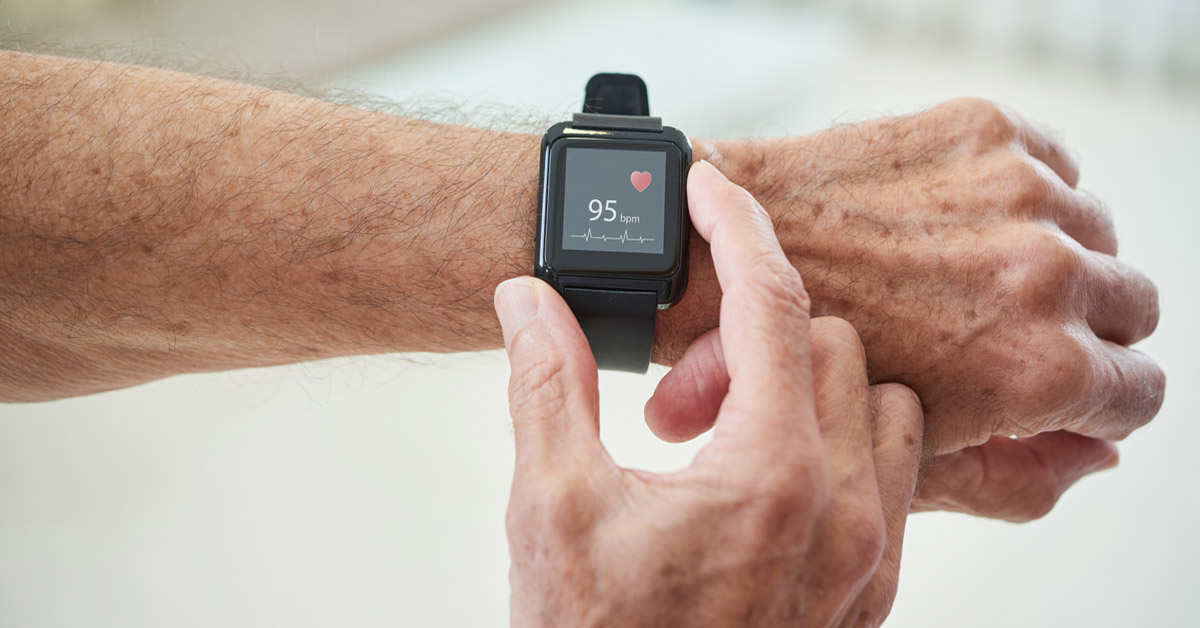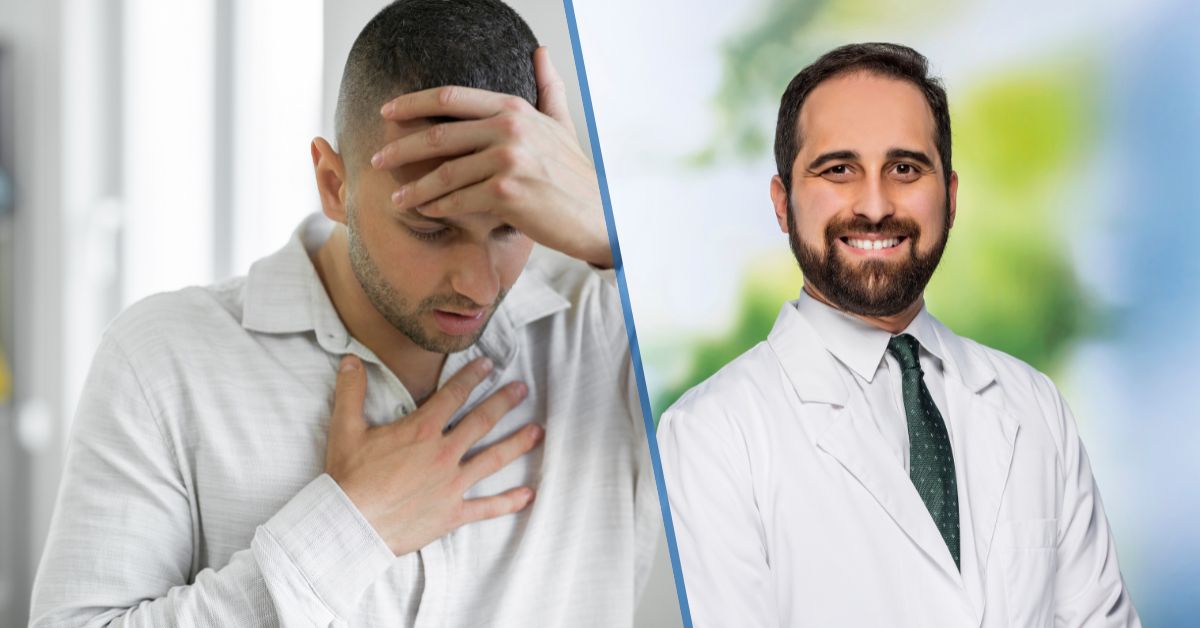Summer is here, and while the sun is fun, it is important to enjoy the weather safely! But how are heat and the heart connected?
As the temperature rises, your body needs to work differently to keep your core body temperature in check. These functions make your heart work a bit harder – this means that heat can cause some illnesses, like heat sickness and sunstroke, while also affecting your body in other ways.
Knowing how to manage the heat is the key to keeping your heart healthy and safe.
Hydration is an ongoing task
It is common to drink a lot of water and fluids when out in the hot weather. While this is important, hydration should start before you are outside.
By the time you feel thirsty, you’re probably already a bit dehydrated. Make sure to drink enough water throughout your day to keep your body hydrated before heading out into the heat.
Some fruits and veggies are also good sources of water. Fill your plate with hydrating options, like lettuce, cucumbers, citrus and watermelon. When out on a hot day, especially when exercising, sip water often to replenish the fluid you lose through sweating. Getting water through food also helps you maintain hydration, since you increase urine output when you drink more water.
Staying safe while staying active
While you don’t want to stop moving your body because it’s hot, choose cooler times of the day to work out.
“Avoid the peak of the midday and afternoon heat by choosing to be active in the morning or evening when it’s cooler,” says Daniel Green, MD, a cardiologist with Bon Secours Upstate Cardiology.
This means a more comfortable workout, and it may reduce the risk of a heat-related illness, such as heat exhaustion or heat stroke. You still need to stay hydrated, so keep drinking that water!
When you exercise, your heart rate goes up. But heat can also cause your heart rate to go up. But why does heat increase heart rate? Your body is equipped to handle the heat and keep your body temperature stable. In order to do this, your heart has to work harder, which can elevate your heart rate. Keep in mind that when exercising, your heart is already working harder in the heat, so you might need to reduce your intensity. This is especially true for people who already have heart conditions or poor heart health, such as high blood pressure, heart failure and heart disease.
Warning signs to look out for
Reactions to heat can vary depending on age, health, medications and even how hydrated you are on that day. But knowing the signs of heat illness can help to keep you safe.
Heat and sunstroke can come on quickly. If you begin to feel lightheaded, dizzy or nauseous, these are signs to get into a cooler area and drink some fluids. When sunstroke hits, you might feel clammy or stop sweating, which means your body can’t cool itself. Avoid these symptoms by paying attention to your time in the sun and extreme temperatures, staying hydrated and wearing lighter colors that help reflect the sun away.
“Heat stroke and shock are conditions where the body has lost its ability to help regulate its temperature,” Dr. Green says. “The first sign is someone becomes cold and clammy. That’s when the cardiovascular system is no longer able to continue the efforts to cool the body.”
If you or a loved one starts experiencing any of these symptoms, get out of the sun and seek medical attention if needed. You’ll be advised to replenish fluids and rest to treat heat exhaustion and other related illnesses.
How we can help
So, is it safe to go outside in the heat if you have a heart issue? Understanding the connection between heat and the heart will help prevent a problem during the next heat wave. Always check with your health care provider for advice on handling summer temperatures or exercising outdoors. You may need to take some extra precautions to stay safe.
Want to learn more about your heart health? Take our online heart risk assessment today.
Also, learn about the heart and vascular services we offer at Bon Secours.




